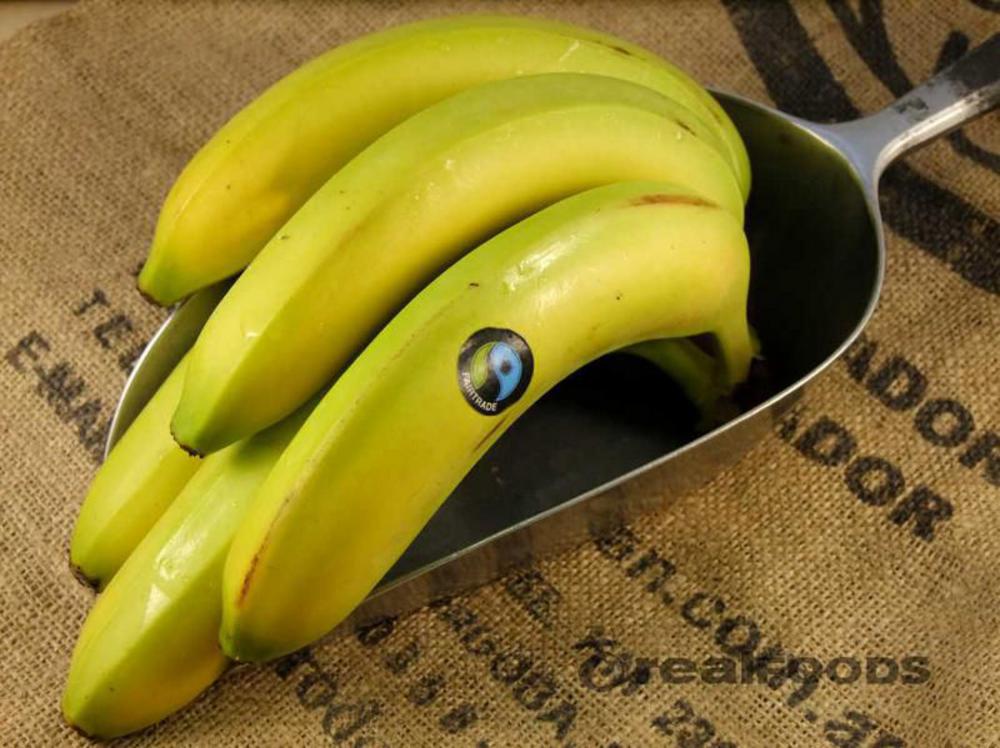
Where do bananas come from?
Probably Papua New Guinea, archaelogical evidence points to the cultivation of bananas from at least 5000 BCE (before common era) and possibly as far back as 8000 BCE. The earliest mention is in Assyrian wall inscriptions from 7000 years ago, they are also mentioned in Buddhist writings from 6000 BCE. They were introduced to Islamic culture and spread slowly through Europe from the 10th century. Remains were found in a Tudor rubbish tip! Today they are grown in almost every tropical and subtropical area and are the 4th largest fruit crop in the world.
What do bananas look like?
Ripe, they're yellow, however they are usually green when picked (they ripen during transportation). The word banana is thought to come from an Arabic word 'banan' meaning finger.
And on the inside of a banana?
They contain 23% carbohydrate, 1% protein and 0.5% fat with zero cholesterol. They are rich in fibre, a good source of B vitamins (one banana gives 40% of the RDA of vitamin B6). Bananas have good levels of vitamin C (19.5mg per 100g of flesh) and some vitamin A.
What do bananas do?
Bananas are rich in potassium, this is essential for maintaining blood pressure at a healthy level, potassium also slows calcium loss in diets high in salt, in addition diets that are high in potassium and fibre reduce the risks associated with strokes and heart disease. Bananas are natural antacids, so they protect your stomach from ulcers and are a soothing and healing choice for upset stomachs and heartburn. Bananas contain both fast and slow -release sugars (glucose and fructose respectively) so are a good choice for athletes. Finally Bananas contain prebiotic compounds that feed the 'good' bacteria in your gut, a healthy gut ensures the body's ability to absorb key nutrients.
Now you know all about bananas.... here's our guide to ripening them. To get the most antioxidants out of your fruit eat them at the peak of ripeness (yellow skin with a few brown or black spots.)
Bananas are a brilliant base for smoothies, follow this link for our favourites.. They are brilliant frozen, try them straight from the freezer to replace ice lollies or purée them to create an allergen-free alternative to ice cream. Try this recipe for vegan banana ice cream with a berry sauce. Or use them for face masks that are good enough to eat!
You can also buy dried bananas (useful as a an on-the-go snack or for recipes). Banana purées are available here, or try yoghurt coated chips for a sweet treat or try this banana snackbar made from nothing but pure raw sun-dried banana.
By Kim Betney